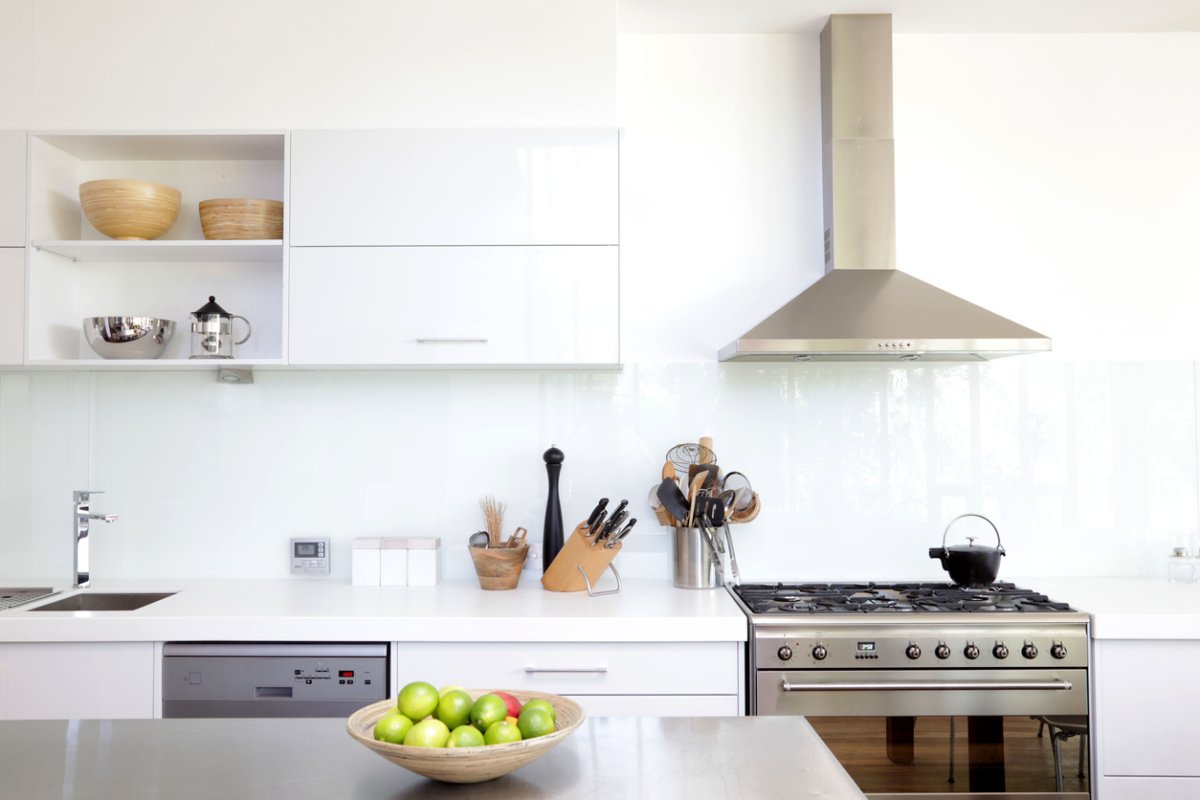

We may earn revenue from the products available on this page and participate in affiliate programs. Learn More ›
Health and indoor air quality concerns from gas stoves are a hot topic these days. Research from a 2022 Harvard T.H. Chan School of Public Health study found that homeowners with gas stoves may be exposing themselves to air pollutants, including benzene, xylene, and hexane, which can increase the risk for health problems including asthma and cancer. In April 2023, New York became the first state to ban installation of gas stoves in new construction buildings by 2026, with other areas following suit.
One way to improve indoor air quality in your home is to install a range hood above the stove to improve ventilation in the kitchen. These chimney-like appliances help keep the air in a kitchen safe and fresh by removing smoke, heat, moisture, fumes, oil, and cooking odors from the room. The range hood’s fans draw in the air directly above the stove up into the hood. So how do you properly operate and maintain a range hood? Let’s address this and some other common questions.
RELATED: Ducted vs. Ductless Range Hood: Which Is Best for Your Kitchen?
1. When should we turn on our range hood?
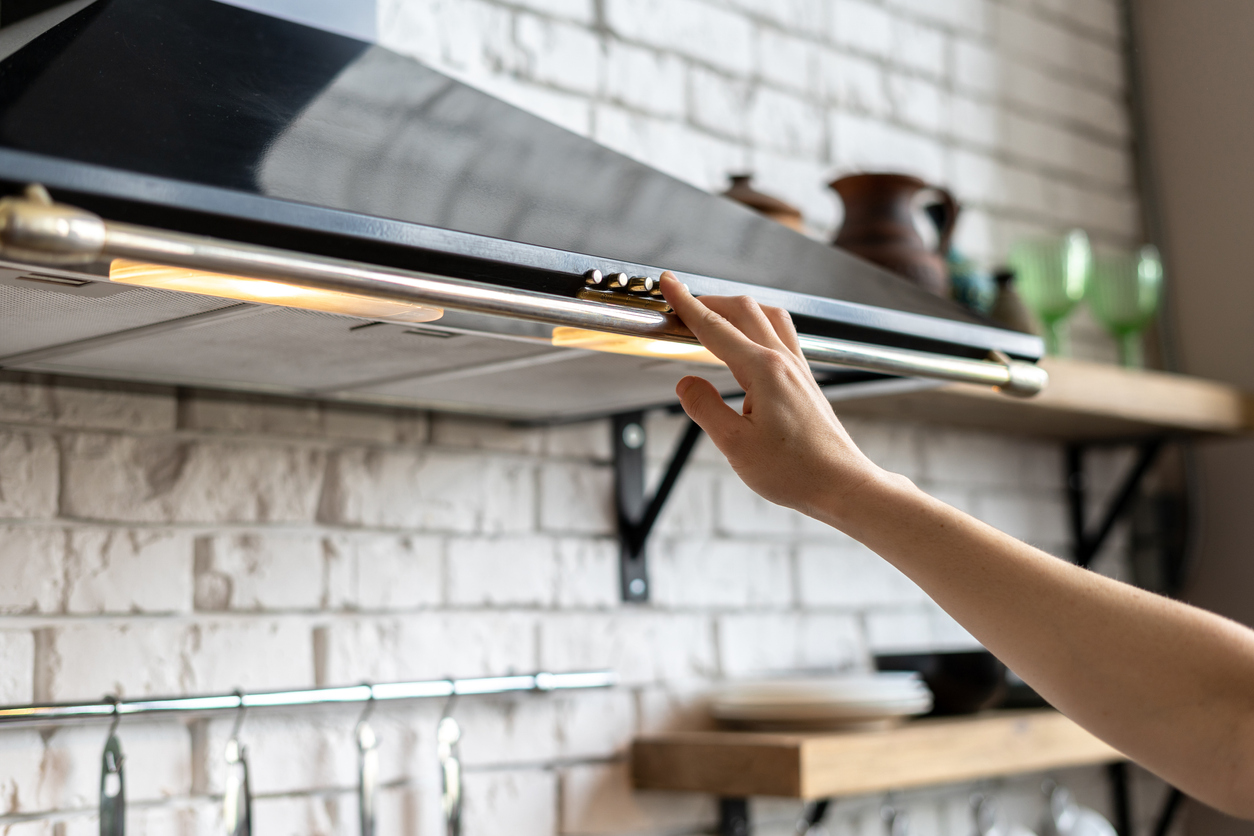
Range hoods should be turned on right before cooking begins to be as effective as possible in preventing odor, improving circulation, and capturing particles from grease and burnt food on the stove. Running the fan for several minutes before firing up the stove can help create suction and get the venting system going.
Do not wait until halfway through or after cooking is done to turn on the range hood because that will minimize its ability to get the job done. It is also important to remember that the low speed should be sufficient when using just one or two burners. If all the burners are on, then choose the high setting to maximize ventilation.
2. How long should we leave the hood on?
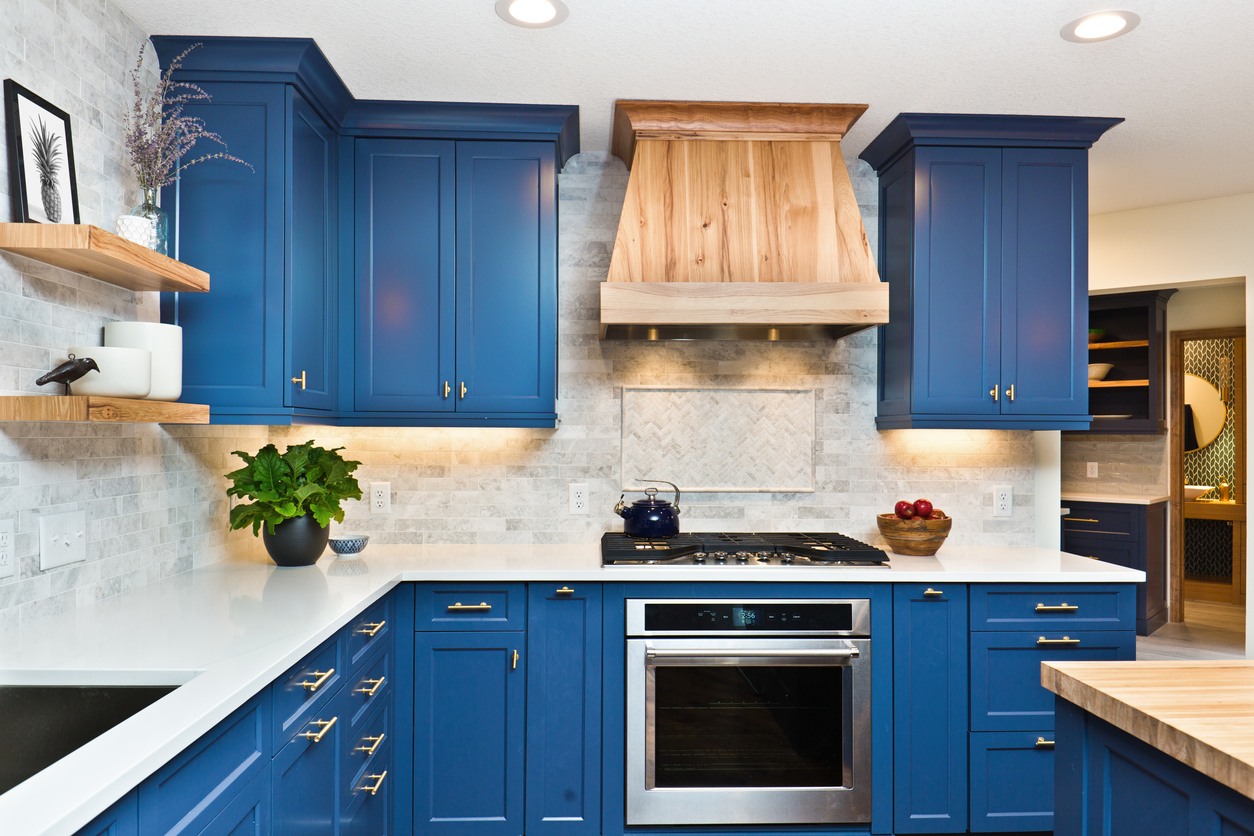
Let the range hood run for 10 to 15 minutes after you’re finished cooking to clear out any additional smoke, exhaust, and strong odors. Some exhaust fans have an auto-shutoff feature that turns off the hood after about 10 minutes. Do not run it much longer than that because long and frequent use can put a strain on the motor and wear it down more quickly.
Overall, do not leave the fan on for more than an hour or two while cooking. For those who cook for long periods of time, it is recommended to choose a high CFM range hood with a top-notch motor.
RELATED: Clear the Air: 10 Natural Ways to Cure Household Odors
3. What’s the best way to clean a range hood?

With all that grease and grime splattering, it can seem like a challenge to keep the range hood nice and clean. As range hoods are often designed to be an attractive centerpiece in the kitchen, keeping a range hood clean helps it run smoothly as well. It is recommended to clean the range hood on a monthly basis.
To clean the range hood, first make sure that the stovetop and range hood are off. Invest in a degreasing cleaner and regularly wipe the inside and outside of the hood. Warm water and mild detergent can also be used with a cloth. Rinse well with water and dry immediately. While stainless steel polish can also help keep the range hood looking shiny, make sure to follow the manufacturer’s cleaning directions.
4. How do we clean the vent and fan?
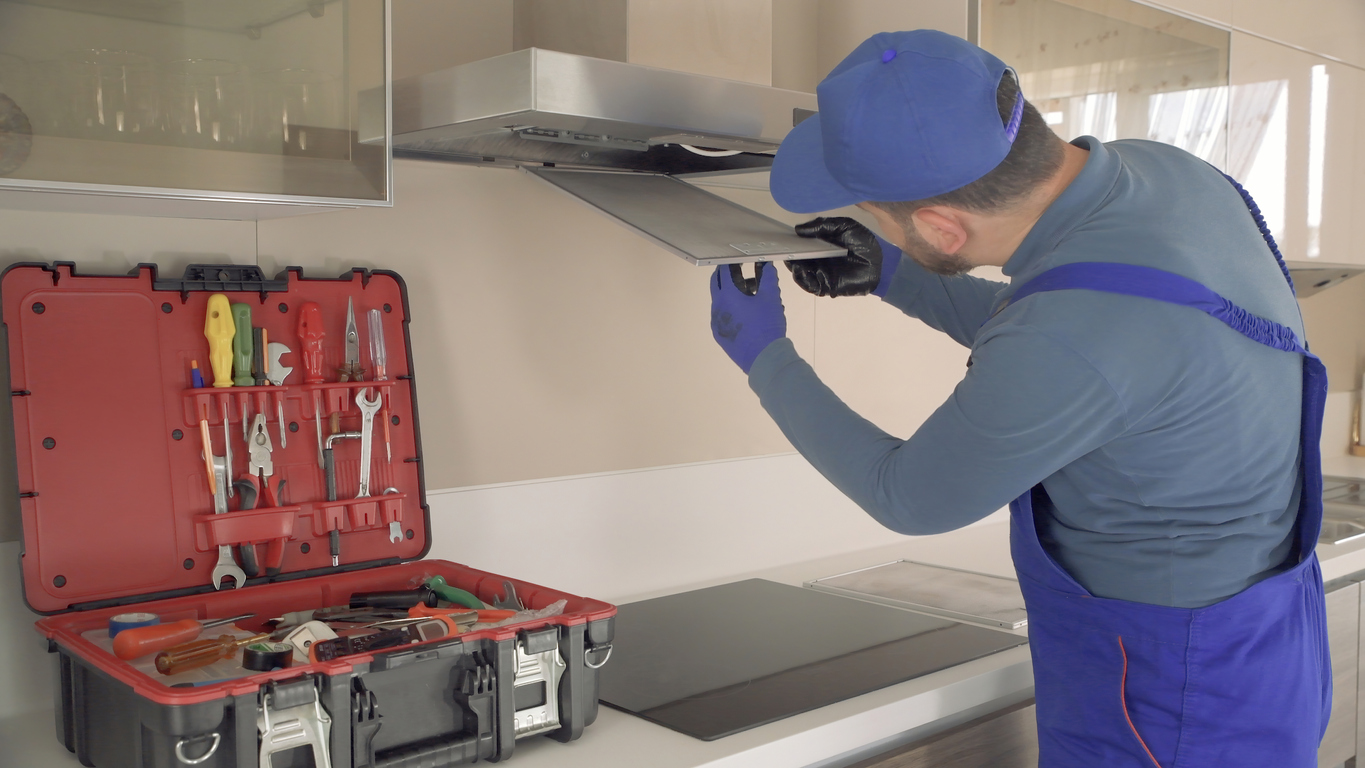
It’s essential to keep the vent and fan clean. Check the vent leading from the hood to the outside on a regular basis since grease can build up inside that area. Build-up can prevent the vent from functioning properly and can even be a fire hazard.
On occasion, check the fan motor and bearings to make sure they have not been damaged by excessive humidity and grease. The blower wheel, which often collects dirt and grease, can be removed and cleaned with a degreaser. If this does not work, it may be time to replace the motor. If you are unsure about cleaning the vent and fan yourself, consider hiring a professional to clean the vent properly.
RELATED: How to Install a Range Hood
5. How do we maintain the filter?

Filter maintenance is a priority to keep the range hood functioning since the filter removes particulates and smoke from the air before pushing it outside the house or recirculating it. There are two kinds of filters: metal and charcoal. Metal filters can be removed easily and should be cleaned about every 3 months.
Just slide or pop out the metal filter. Then, place it in a container filled with enough degreasing solution to cover it completely. Scrub it with warm, soapy water or baking soda, and dry it completely before reinstalling. Keep in mind that some filters are dishwasher safe. Charcoal filters, on the other hand, can’t be cleaned. They should be replaced annually.
6. How can we minimize grease buildup?
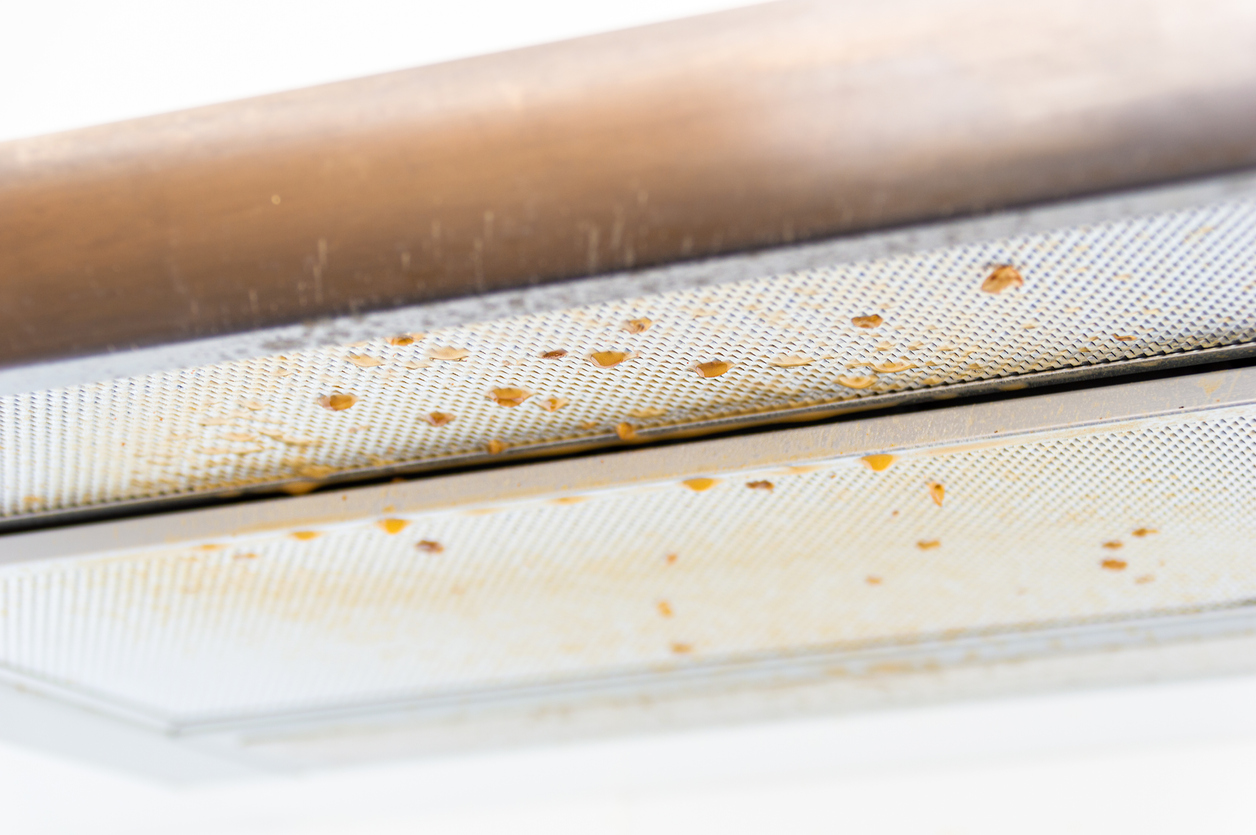
The best way to keep grease under control is to prevent it from splattering while cooking. This helps reduce airborne particles and cooking smells. Use a splatter screen that contains a carbon lining to absorb bothersome odors. Most screens can be washed in the dishwasher or hand washed with a sponge and hot soapy water. Always check the manufacturer’s directions before using cleaning products on a screen.
RELATED: The Best Under-Cabinet Range Hoods
7. How can we adjust the ducts for better airflow?
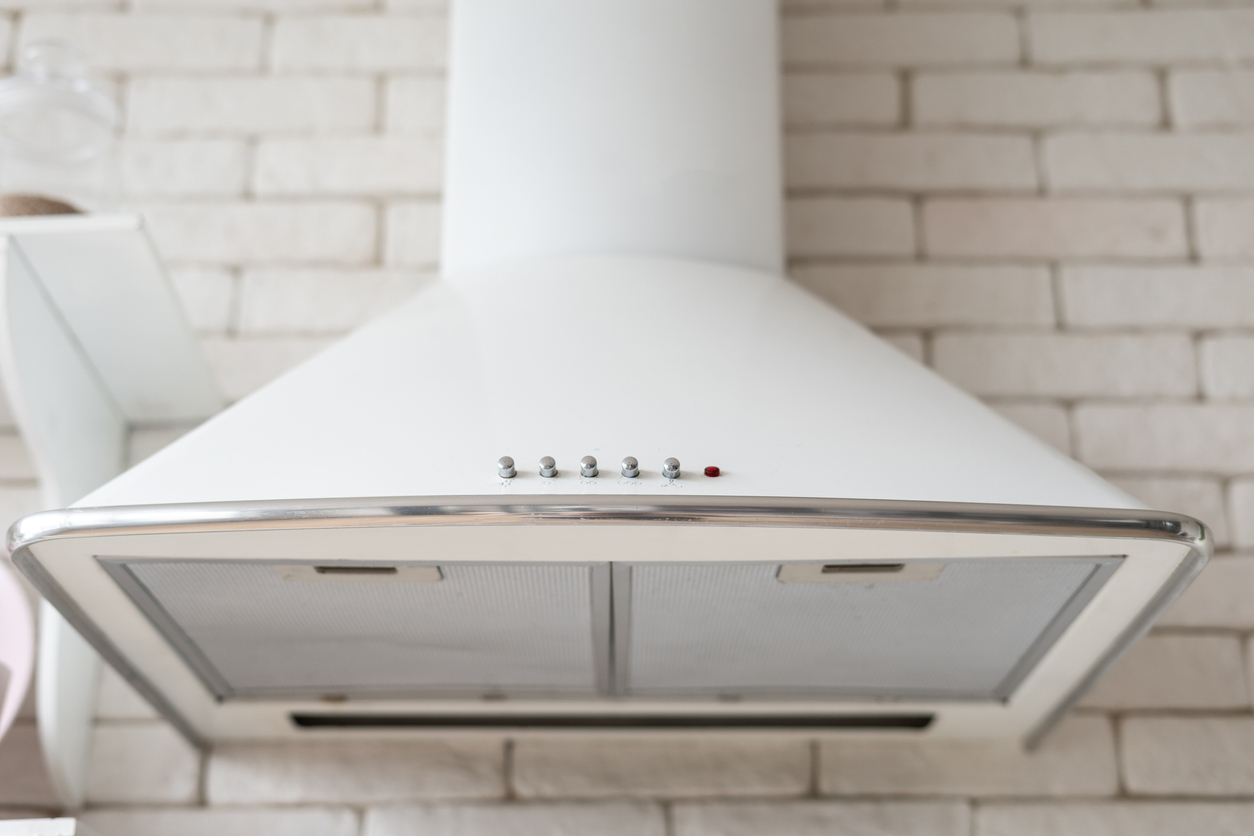
If the ductwork connected to the range hood is not working properly, there could be problems with airflow. To ensure that the suction power is adequate, try the following:
- Check for leaks in the ducts.
- Make sure there are no obstructions in the ducts like debris or nests.
- Upgrade to a larger ductwork size to boost airflow.
8. How do we choose the best cookware to reduce smoke and steam?
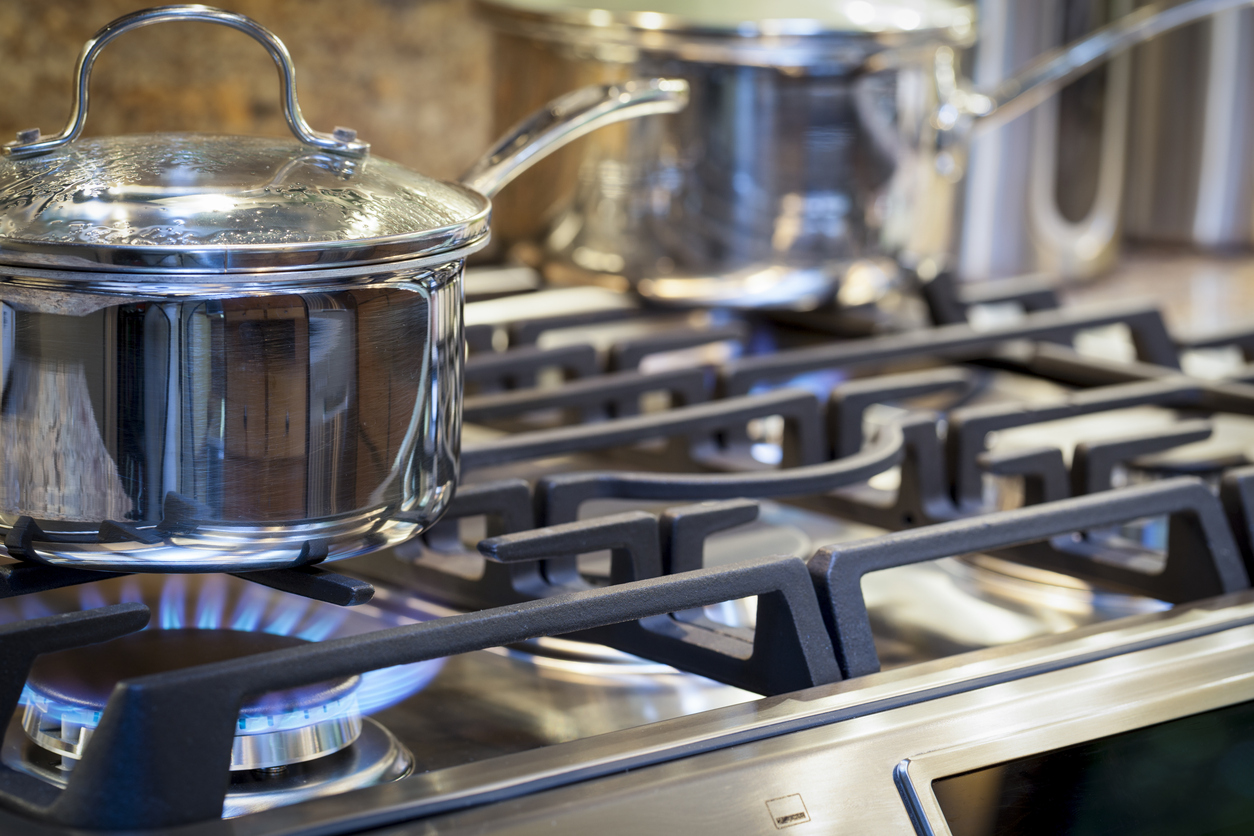
Cookware can affect the amount of smoke, steam, and splatters in the stove area that the range hood then needs to address. Some tips to reduce these include:
- Avoid dented, warped, damaged, or uneven cookware that can trap grease and smoke.
- Use lids to prevent steam from escaping.
- Choose a lower heat setting
- Do not overcrowd the cooktop.
9. What do we do if the fan is too noisy?

If the fan noise is driving everyone crazy, there may be a problem that needs to be addressed. The screws are usually the culprit of the racket. Tighten any loose screws or bolts that secure the fan motor to the mounting bracket and the ones that fasten the range hood to the back wall and upper cabinet.
RELATED: Solved! What is a Convertible Range Hood?
10. How do we keep the lights working?
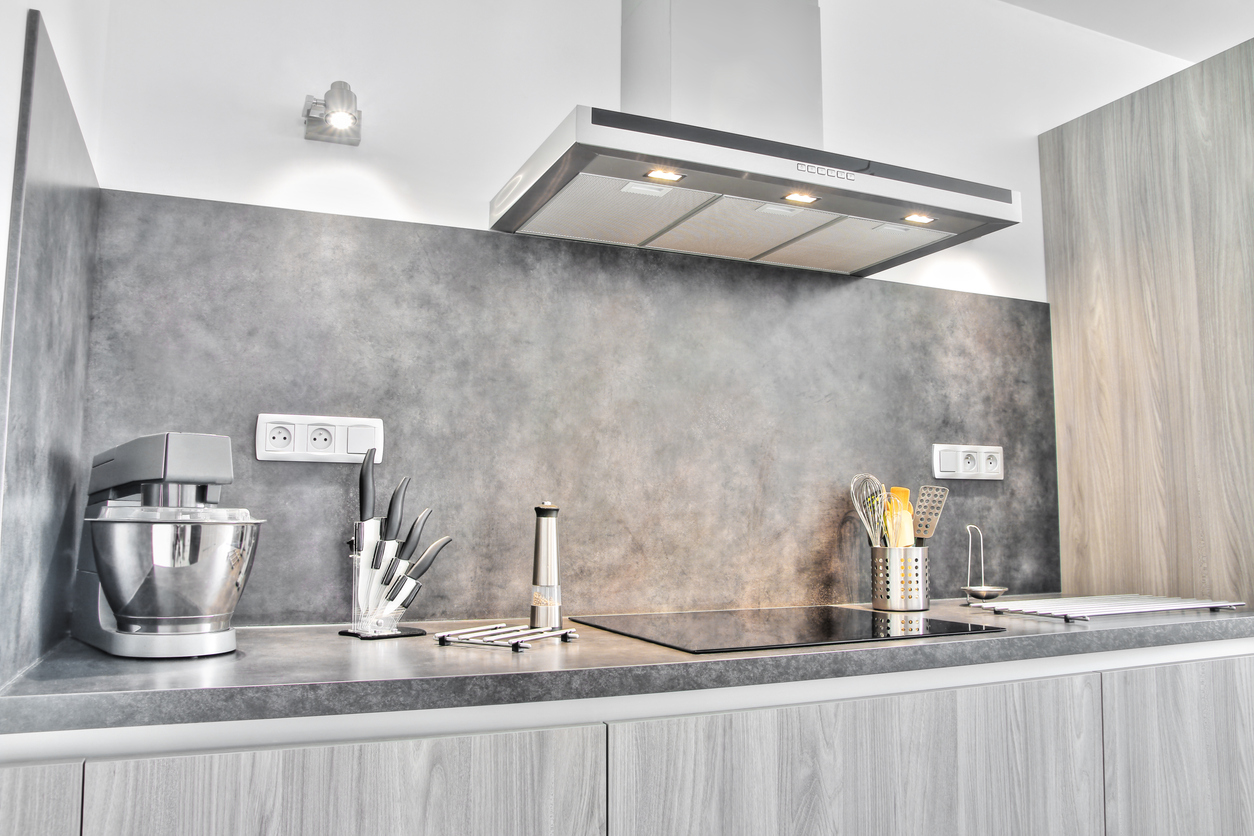
Range hood lights can easily go out since they are so close to high heat. If the lights stop working, there are a few solutions to keep in mind. First, try changing the light bulbs. If that doesn’t help, then check the wiring and connections for any loose parts or short-circuit issues.
Another option is to take a look at the electricity supply through a multimeter to confirm that the reading matches the voltage requirements. If the lights still don’t turn on, it may be time to replace the entire range hood.
11. What do we do if smoke and odor linger in the kitchen?
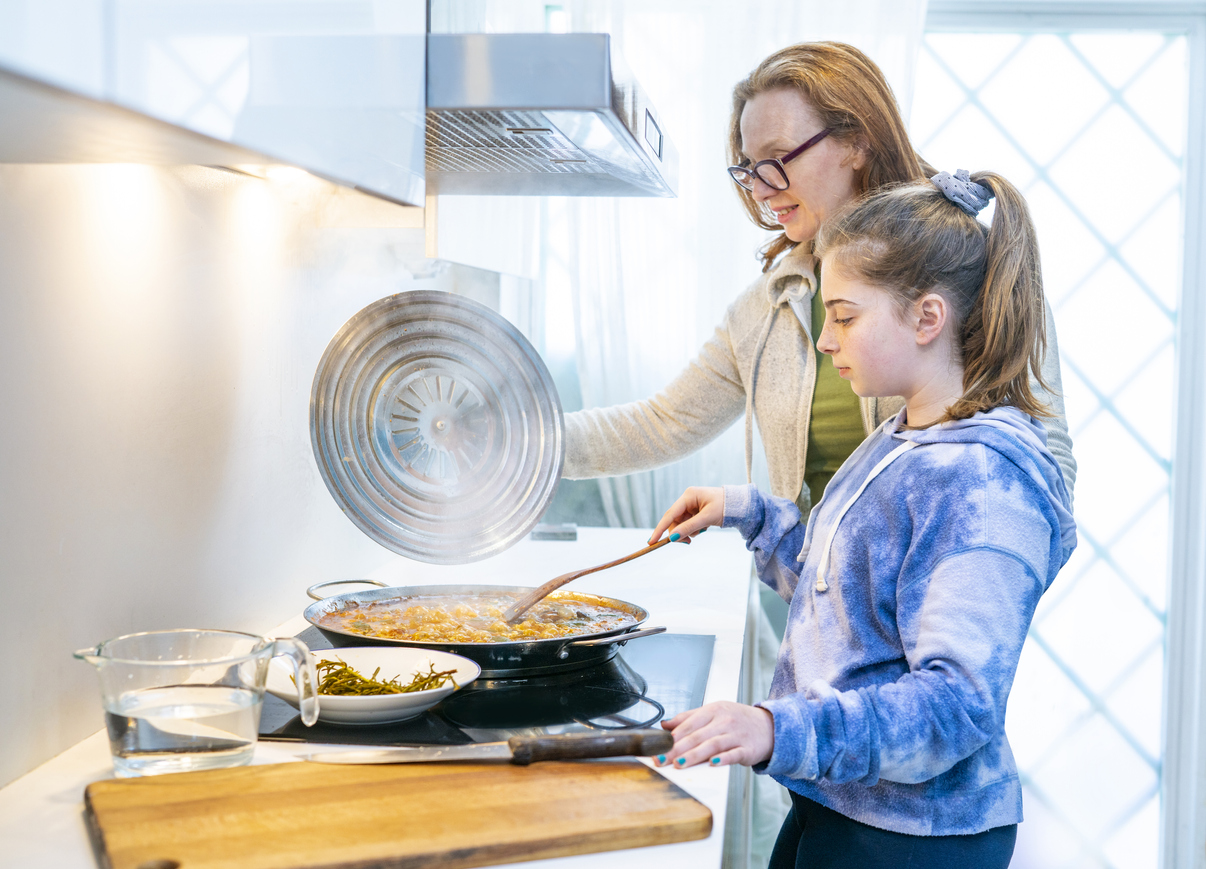
If the range hood is running but the kitchen is still a bit smoky and smelly, there may be a problem to address. Check for an obstruction in the ductwork, damaged fan blade or blower wheel, faulty fan motor switch, defective blower motor, or dirty filter. Once you are able to pinpoint the culprit, it can often be fixed. If you are unsure about how to fix it or unable to figure out the problem, consult with a professional.
RELATED: 10 Common Kitchen Appliance Mistakes Everyone Makes
12. How do we prolong the life of the range hood?
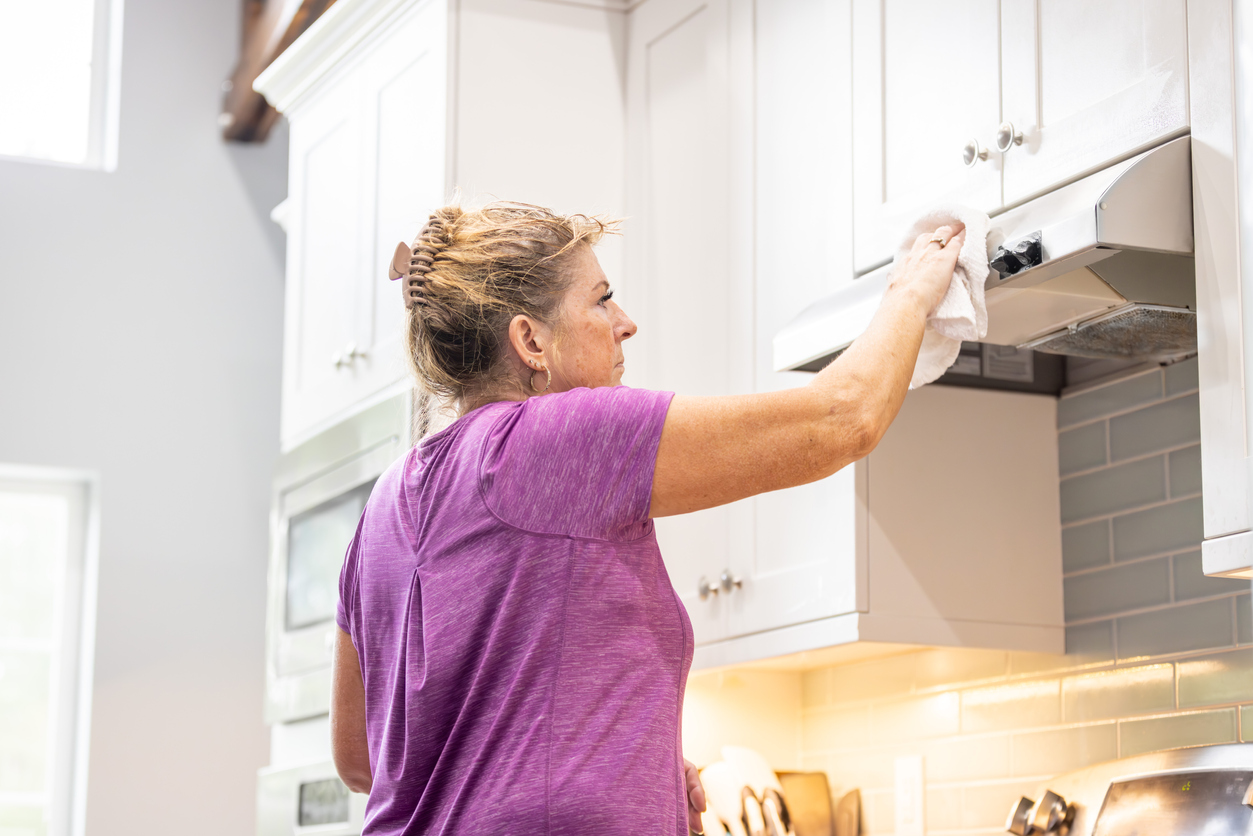
Given the investment needed for a new range hood, it is beneficial to know some tips and tricks for prolonging the product’s lifespan. Follow these suggestions to extend the life of a range hood:
- Run the hood at lower speeds to preserve the motor.
- Regularly check the vent to keep air flow unrestricted.
- Clean or replace the filter regularly.
- Clean fan blades occasionally to prevent buildup of grease and grime.
- Wash the exposed metal often with warm, soapy water.
